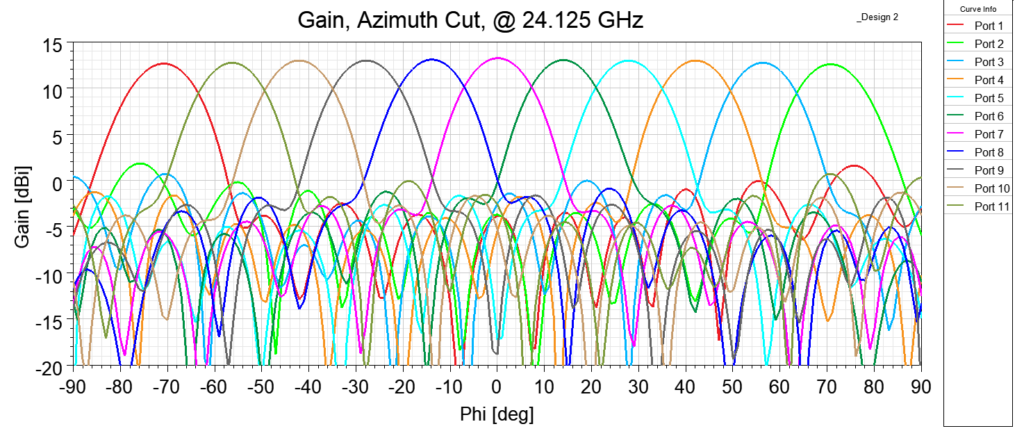Smart Sensum provides solutions for designing and manufacturing cylindrical Luneburg lenses for RF and mmWave applications. These lenses offer several advantages over their spherical counterparts, including simpler fabrication, better beam control in one-dimension, easier integration into optical systems, and cost-effectiveness. Our expertise in this area can help companies optimize their antenna systems and improve their overall performance.
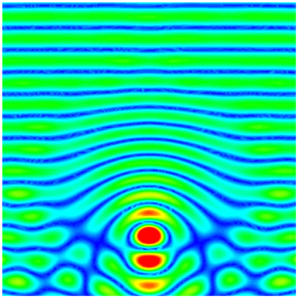
Luneburg lenses have a unique property of being able to focus incoming electromagnetic waves from any direction onto a single focal point. This characteristic makes them useful in microwave and millimeter-wave communication systems where they can be used as antennas or to improve the directivity of antennas. In wireless communication systems, a Luneburg lens can be used to focus and direct electromagnetic waves, leading to improved signal strength and range.
At 60 GHz and 79 GHz, Luneburg lenses can provide advantages over conventional lenses or antenna arrays. For example, they can provide a wide field of view, which is useful for applications such as automotive radar and wireless communications, where it is important to detect and communicate with objects in a wide range of angles. Additionally, Luneburg lenses have a lower profile and can be made smaller than conventional lenses, making them useful in applications where space is limited, such as in mobile devices or small sensors.
The utilization of a Luneburg lens can substantially enhance the monostatic radar cross section (RCS) of a target, resulting in improved detectability and localization.
For instance, by employing a cylindrical Luneburg lens, the monostatic RCS can be expanded over a wide angle.
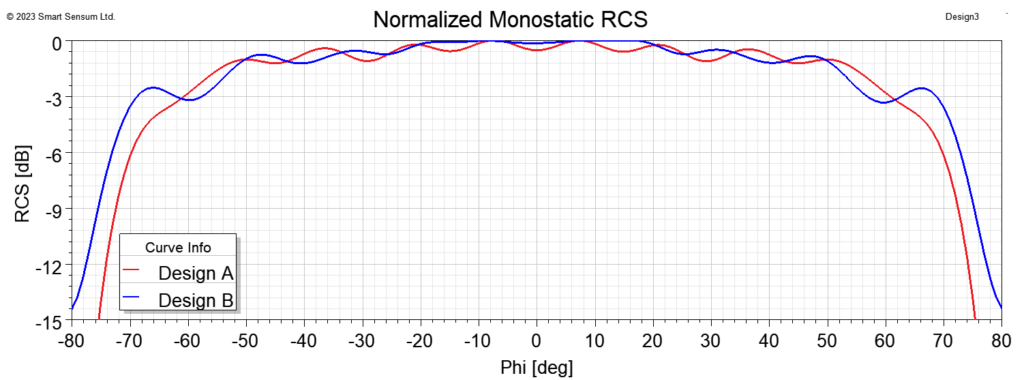
Check out the video gifs below to see the scattering from a cylindrical Luneburg lens used to increase RCS. The plane wave used in these scenarios has an incident angle of 0 degrees and 50 degrees.
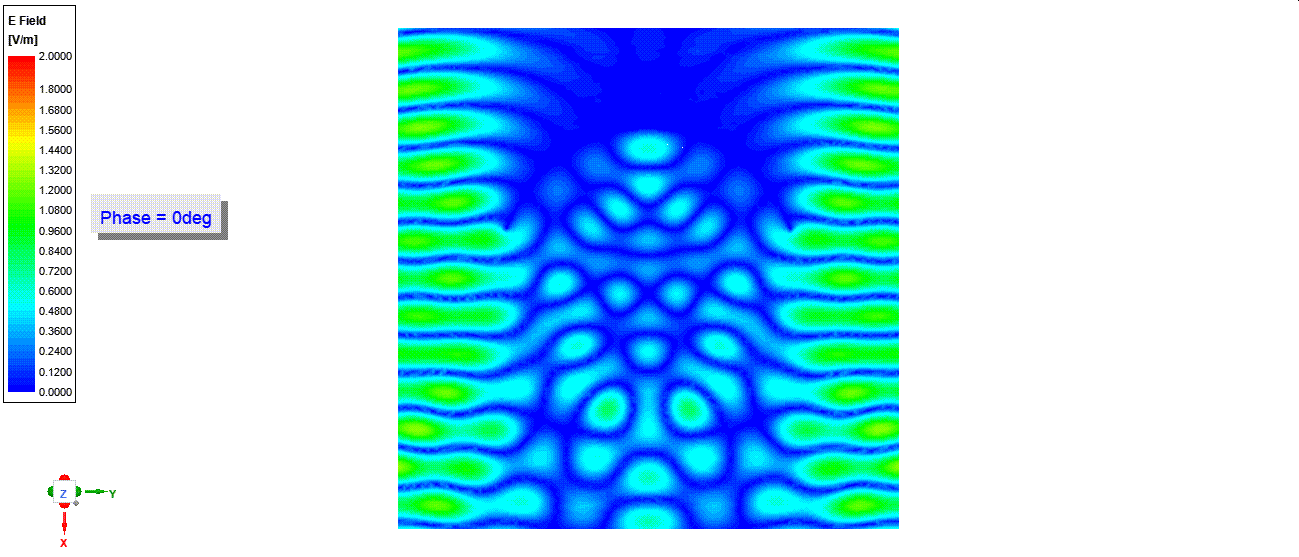
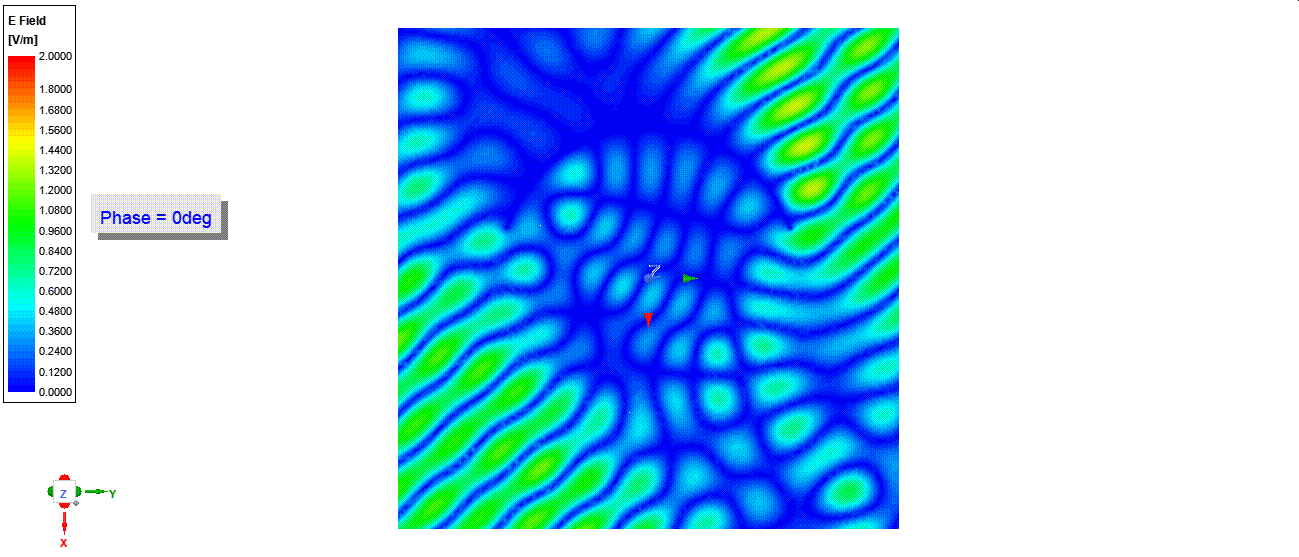
We propose a solution of multiple antennas positioned around a cylindrical Luneburg lens, providing accurate beam steering for optimal performance in applications such as radar, communication, and sensing systems. The use of the Luneburg lens allows for precise beamforming and beam scanning at specific azimuthal angles. Our solution operates in the 24 GHz band and is capable of generating multiple beams or scanning a single beam in fixed directions. By increasing the diameter of the lens, our solution is capable of achieving a narrower beam at the azimuth cut.
